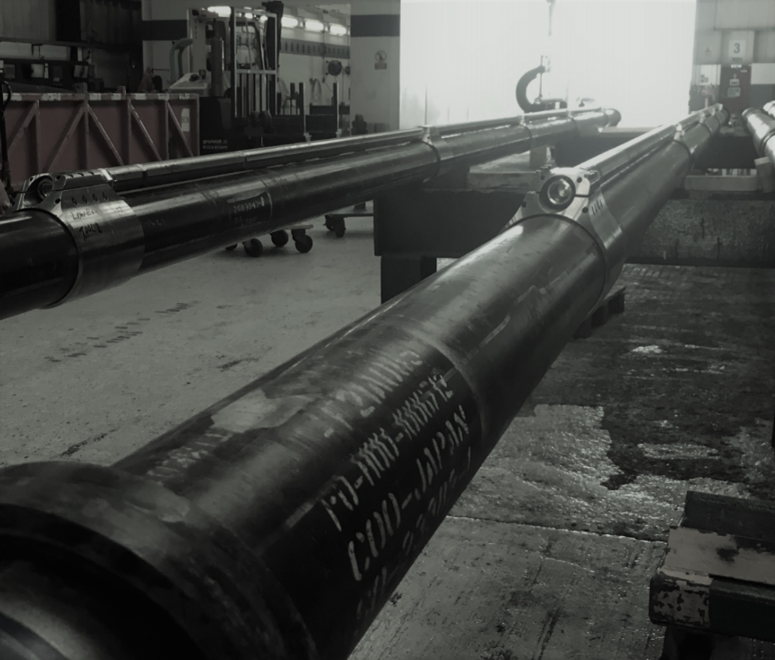Customer challenges
- A UK operator in the North Sea planned to drill and test a well with a key objective of establishing the overall reservoir volume connected to the well
- To capture and fully evaluate reservoir volumes an extended well test is required, however this adds time and costs to an appraisal programme due to the amount of rig time required
- The extended PBU was anticipated to last weeks, if not months, so it was essential to minimise the associate operational costs but ensure the successful capture of the critical data
- Performing a single DST operation would not have captured the full data set required to meet the monitoring objective, therefore a method was required to capture the long-term pressure build-up as part of the primary well test plan
Expro Excellence
- The initial testing operations were performed whilst the rig was on location. By deploying the CaTS ART solution the rig could be demobilised early but ensured critical reservoir pressure data could still be captured during the extended build-up
- Expro's solution was to install, prior to testing the well, two slim-line CaTS Duplex gauges clamped on 5.5" timed blank joints above the top joint of the screens and below the lower completion barrier valve. Both downhole gauges transmitted Pressure and Temperature data to a verification tool clamped to the DST string, located above the packer
- The gauges then entered a low power battery saving mode for a 25 day period during the DST
- Post DST a CaTS Acoustic Seabed Module was installed in a debris cap and landed on the wellhead
- A dunking transceiver was deployed through the moon-pool and a schedule change request was sent to both downhole gauges to suspend the high-density memory logging
- Historical Data Requests that covered periods of interest during the DST, requested by the client, were transmitted via the ASM to both downhole gauges
- A final data upload was performed that recovered the Historical Data from the ASM
Value to client
- Immediate PBU monitoring after the well test to allow rig activities to be optimised and the rig to leave the location promptly
- Long term PBU monitoring beyond the well test for subsurface data acquisition maximised data capture from the long term suspended well
- CaTS wireless monitoring gauges transmitted another six weeks of pressure build up, with the reservoir more or less returning to its virgin pressure. This indicated contact with a very large volume of hydrocarbons
- Ultimately, we provided the customer with an accurate estimate of the reservoir volume connected to the well
- By identifying connected reservoir volumes, it allows the customer to make key investment decisions on how to further optimise production and field development. Identifying additional reservoir volume plays a key role in booking reserves, estimating the ultimate recovery factor and adds to the value of the company



